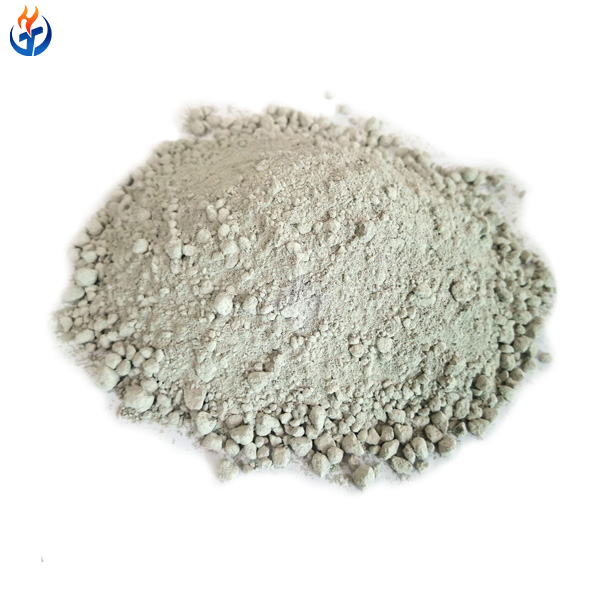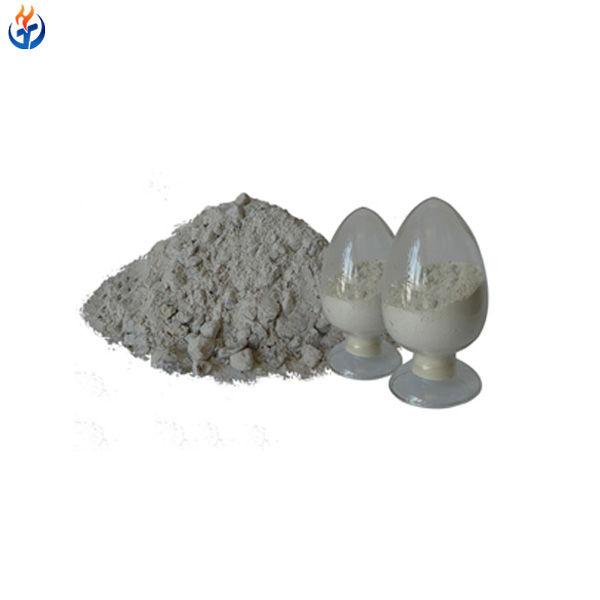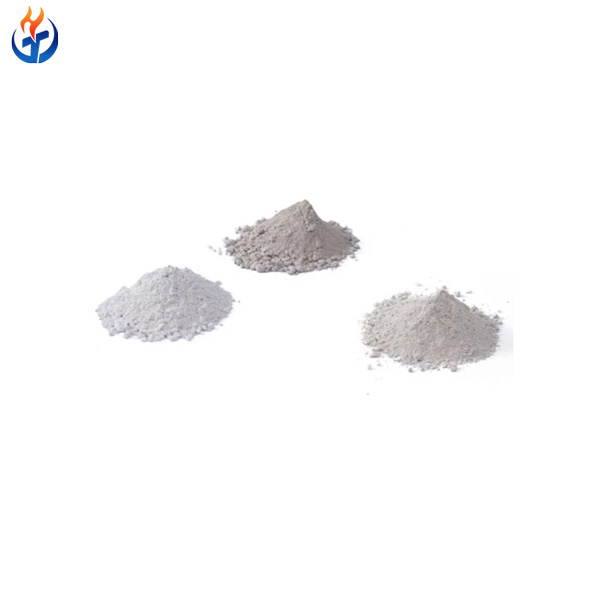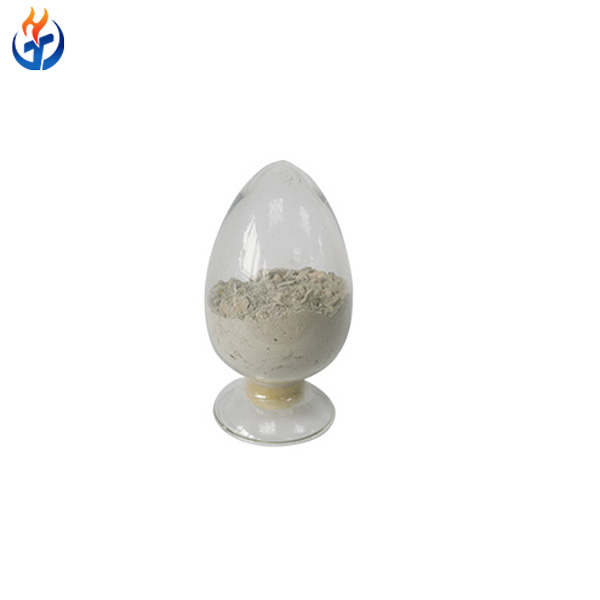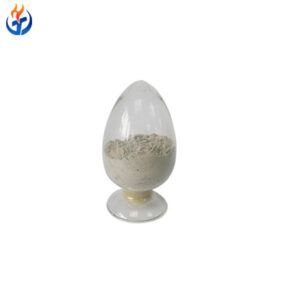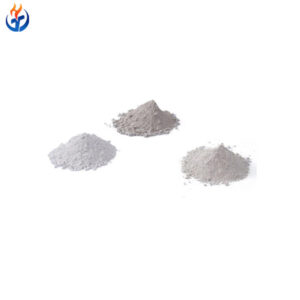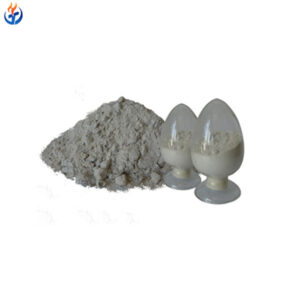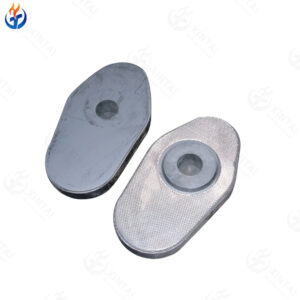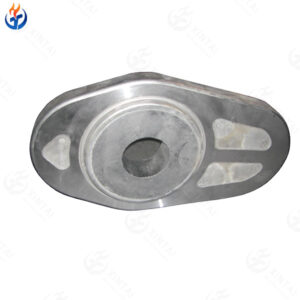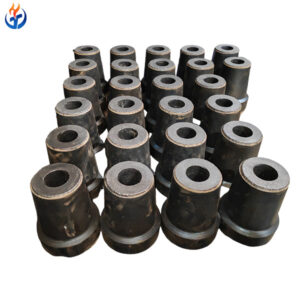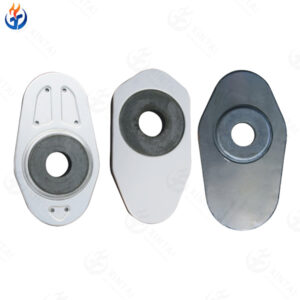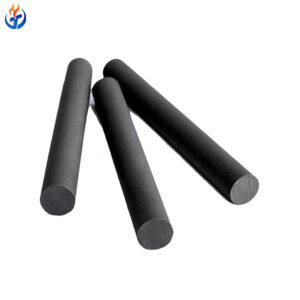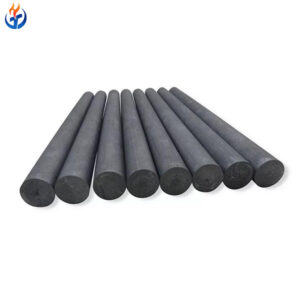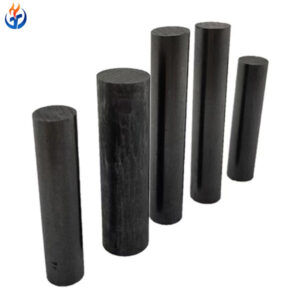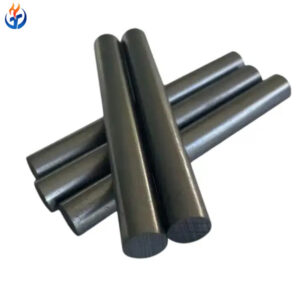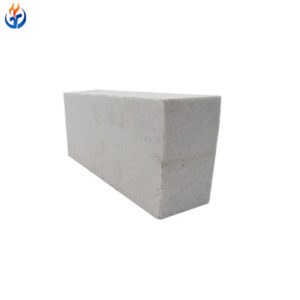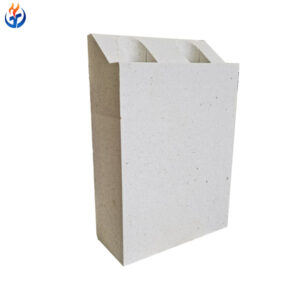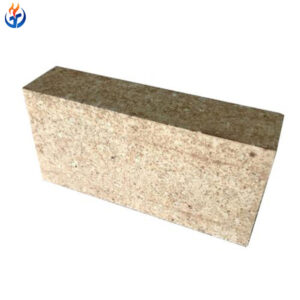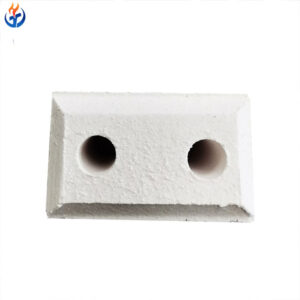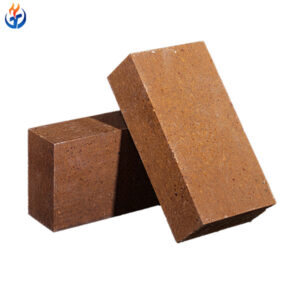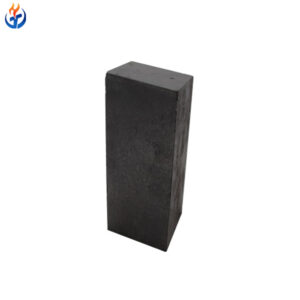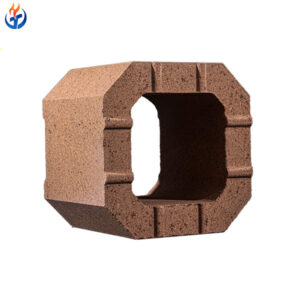NMJ-1 Corundum Castable is a high-performance unshaped refractory material with an alumina content of 90% or above. Designed for extreme working environments, it delivers excellent strength, bulk density, and thermal shock resistance. It is especially suitable for use in high-temperature furnaces, incinerators, and steel-making equipment where maximum durability and thermal stability are required.
Technical Specifications
| Parameter | Value |
|---|---|
| Al₂O₃ (%) ≥ | 90 |
| SiO₂ (%) ≤ | 10 |
| Bulk Density (g/cm³) ≥ | 2.90 |
| Cold Crushing Strength (MPa) ≥ 110℃×24h | 60 |
| Cold Crushing Strength (MPa) ≥ 1100℃×3h | 70 (1500℃×3h) |
| Modulus of Rupture (MPa) ≥ 110℃×24h | 6 |
| Modulus of Rupture (MPa) ≥ 1100℃×3h | 10 (1500℃×3h) |
| Wear and tear at room temperature (cc) ≤ | 4 |
| Thermal shock stability (900℃ water-cooled) ≥ | 20 times |
Key Features
High alumina content for exceptional heat resistance
Strong mechanical properties at both ambient and elevated temperatures
Excellent thermal shock resistance
Low wear and erosion under load
Typical Applications
Blast furnace lining
Steel ladles and tundishes
Incinerator linings
Rotary kiln discharge areas
Production Details
Xintai produces NMJ-1 Castables using premium fused corundum and precision mixing technology. The material is pre-blended for easy on-site installation and customizable setting times.
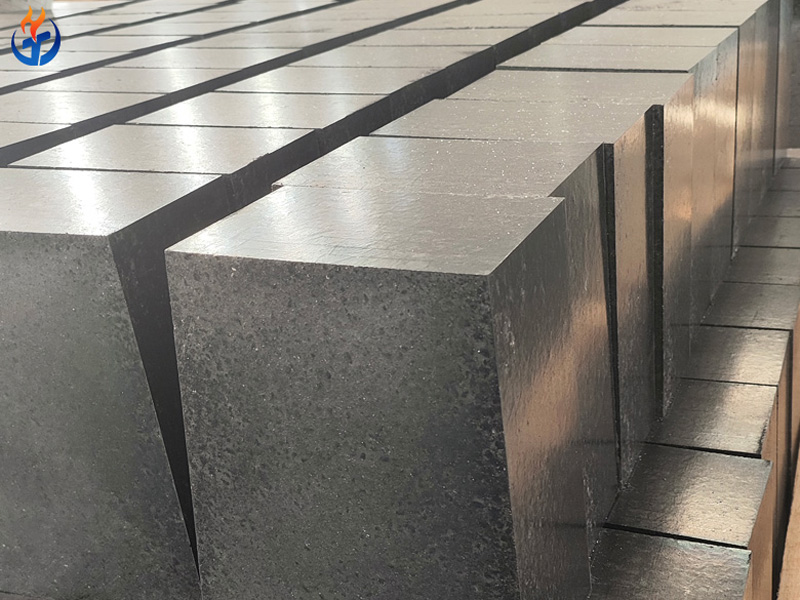
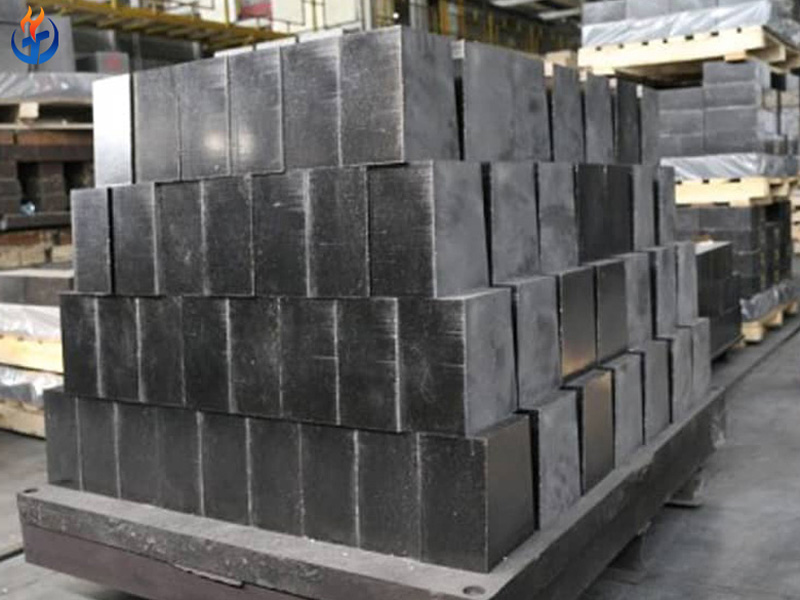
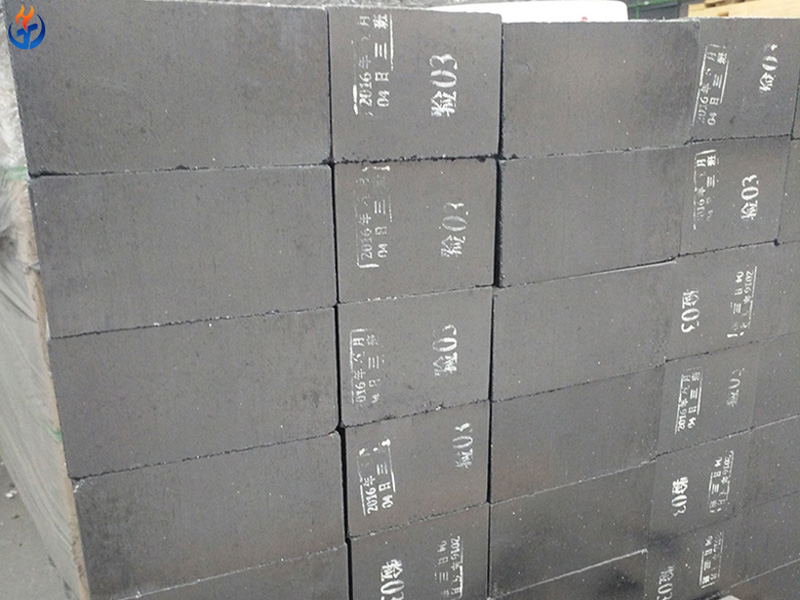
Packing and Shipping Details
25kg or 50kg moisture-proof bags, shrink-wrapped on pallets
Custom packaging available upon request
Delivery time: 15–30 working days after order confirmation
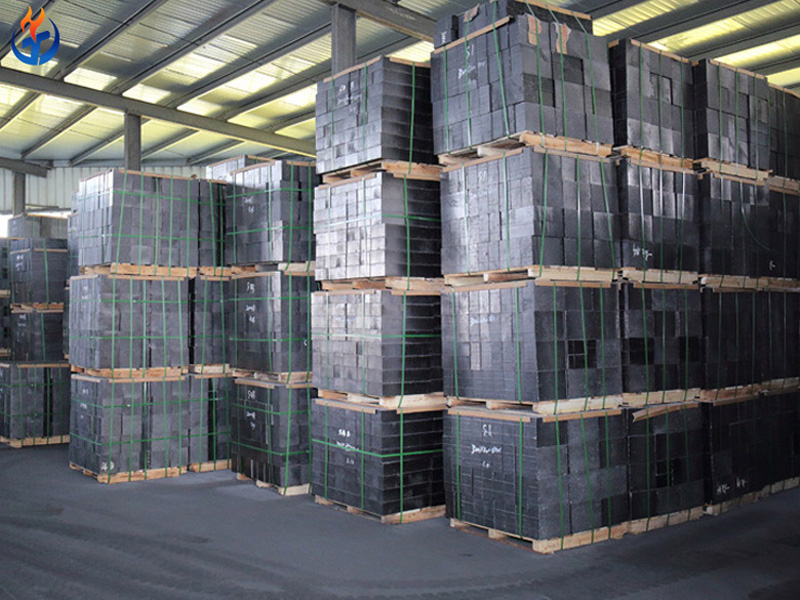
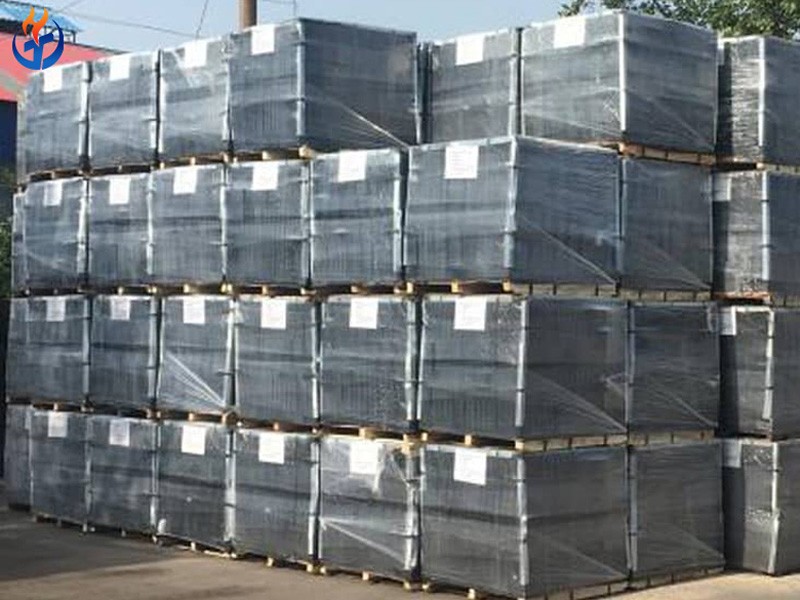
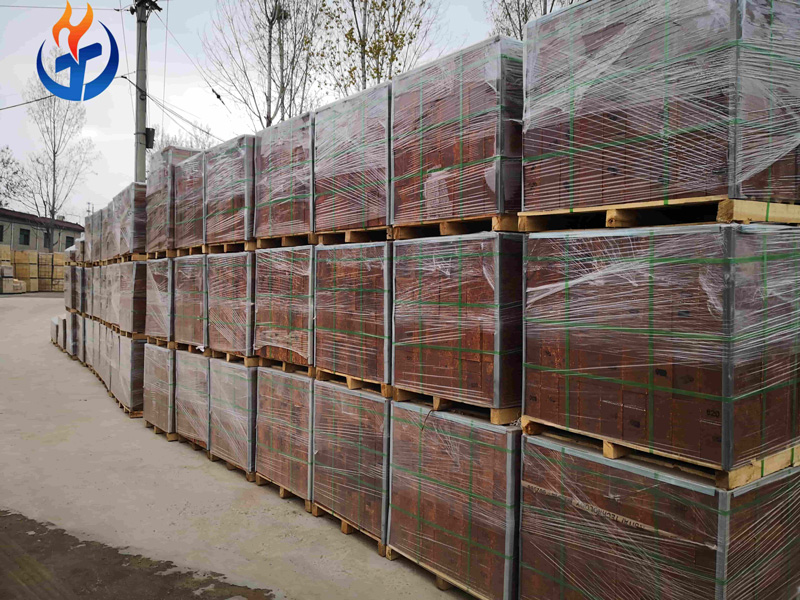
Frequently Asked Questions (FAQ)
Q1: What is Corundum Refractory Castable and what is it made of?
Corundum Refractory Castable is a high-performance unshaped refractory material primarily composed of α-alumina (Al₂O₃ ≥ 90%). It is formulated with high-purity fused or sintered corundum aggregates, fine powders, high-alumina cement, silica fume, and other additives. It is known for its excellent resistance to high temperatures, chemical corrosion, and thermal shock.
Q2: What is the maximum service temperature of Corundum Castable?
The material has a refractoriness exceeding 1800°C (3272°F) and can be used in working conditions with temperatures up to 1650–1750°C (3002–3182°F), depending on the furnace atmosphere and thermal load.
Q3. What should be considered during the installation of corundum castables?
Key installation points include:
Ensure the surface is clean and dry before casting.
Add water strictly according to the recommended ratio.
Mix thoroughly to a uniform consistency.
Use a vibrator to ensure proper compaction.
After casting, allow 24 hours of curing at room temperature.
Follow with a proper drying and heat-up schedule to remove residual moisture.
Avoid construction in temperatures below 5°C (41°F) or above 35°C (95°F).
Q4: In which industries and equipment is this product commonly used?
Corundum castables are widely used in industries such as:
Metallurgy: ladles, tundishes, steel-making furnaces
Cement and Lime: burner pipes, rotary kilns
Petrochemical: gasifiers, reformers
Glass & Ceramics: kiln roofs, burners
Power Generation: waste incinerators, boiler linings
Q5: Can you provide custom formulations or on-site support?
Yes. We offer customization services to meet specific application requirements. This includes adjusting aggregate sizes, flowability, setting time, and thermal shock resistance. Our technical team can also offer on-site support and guidance for installation and heating procedures.

